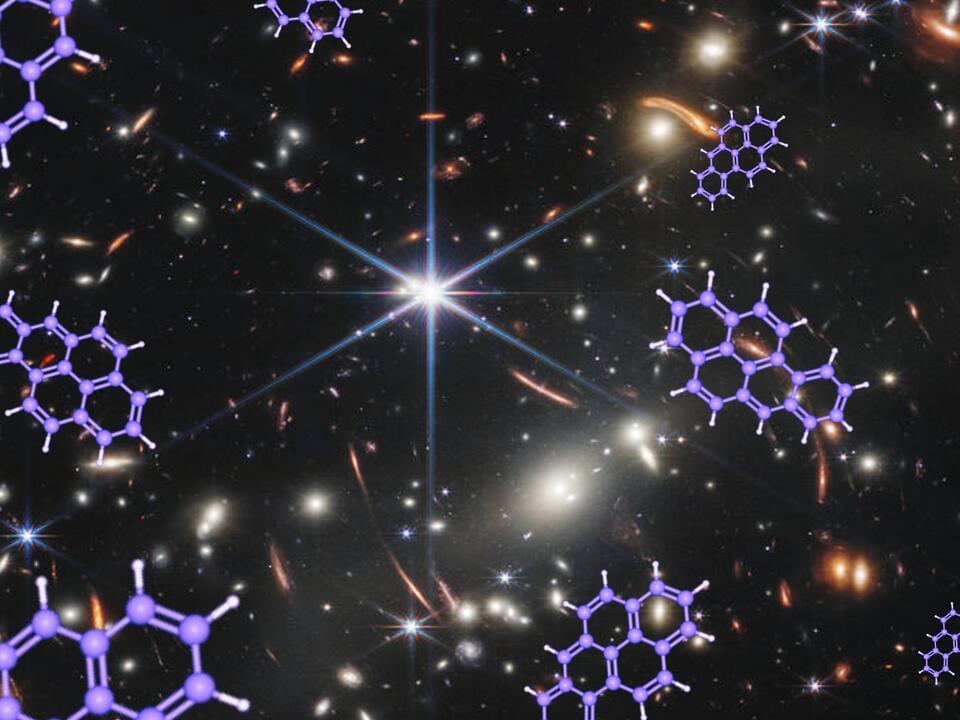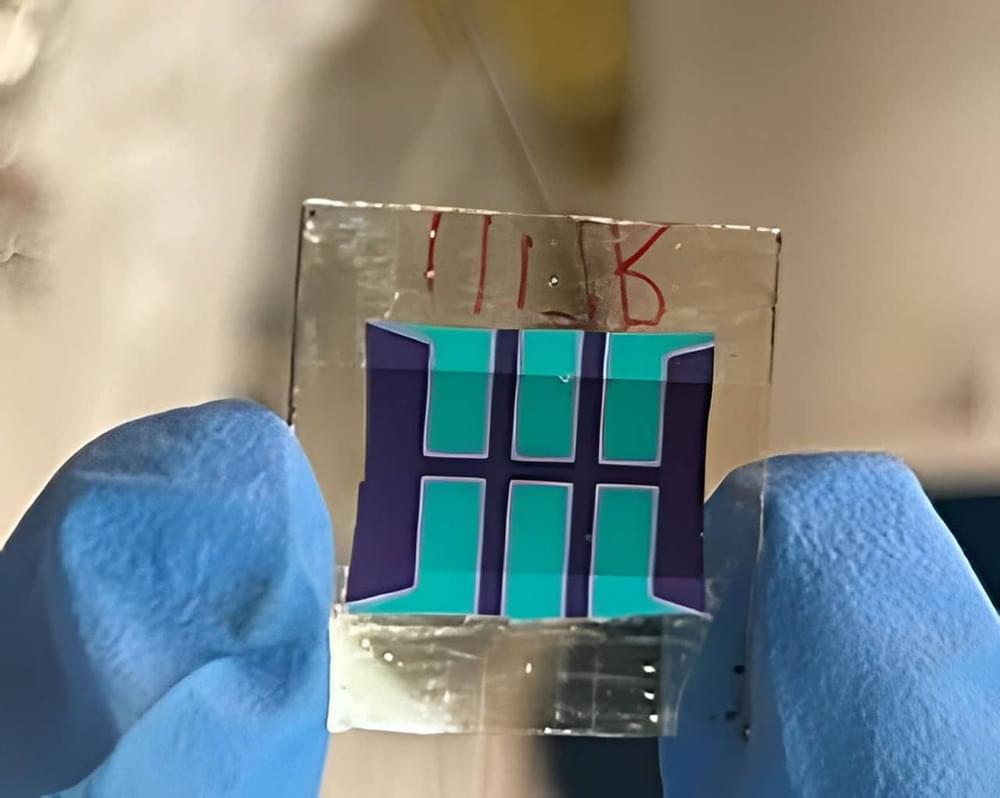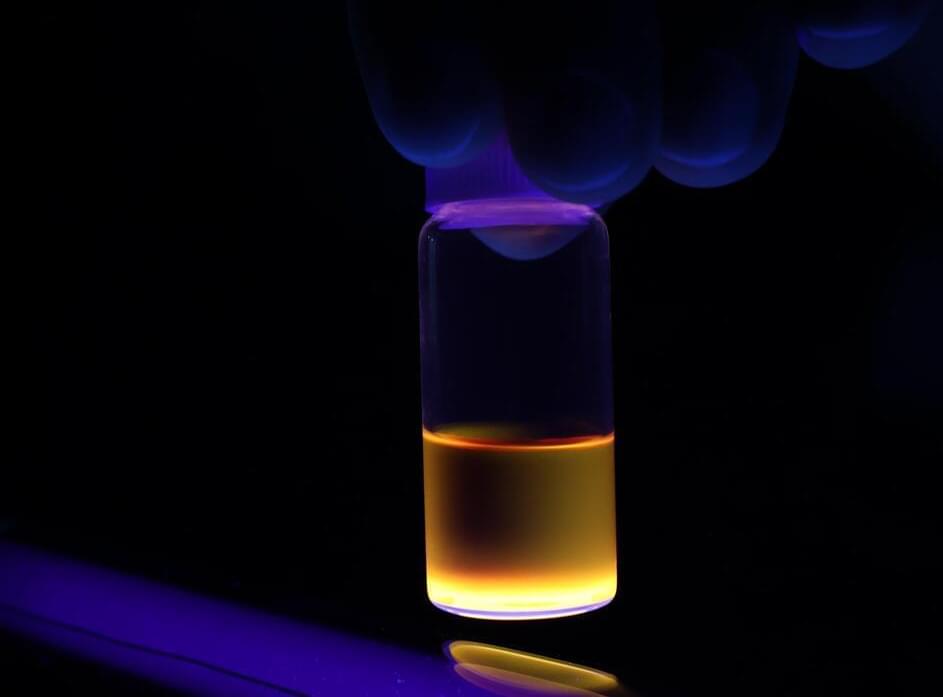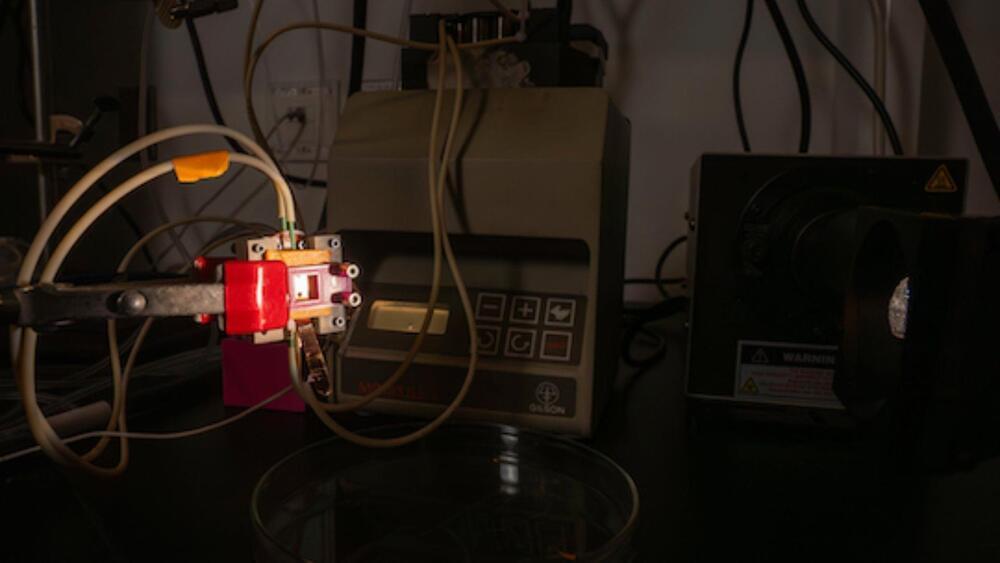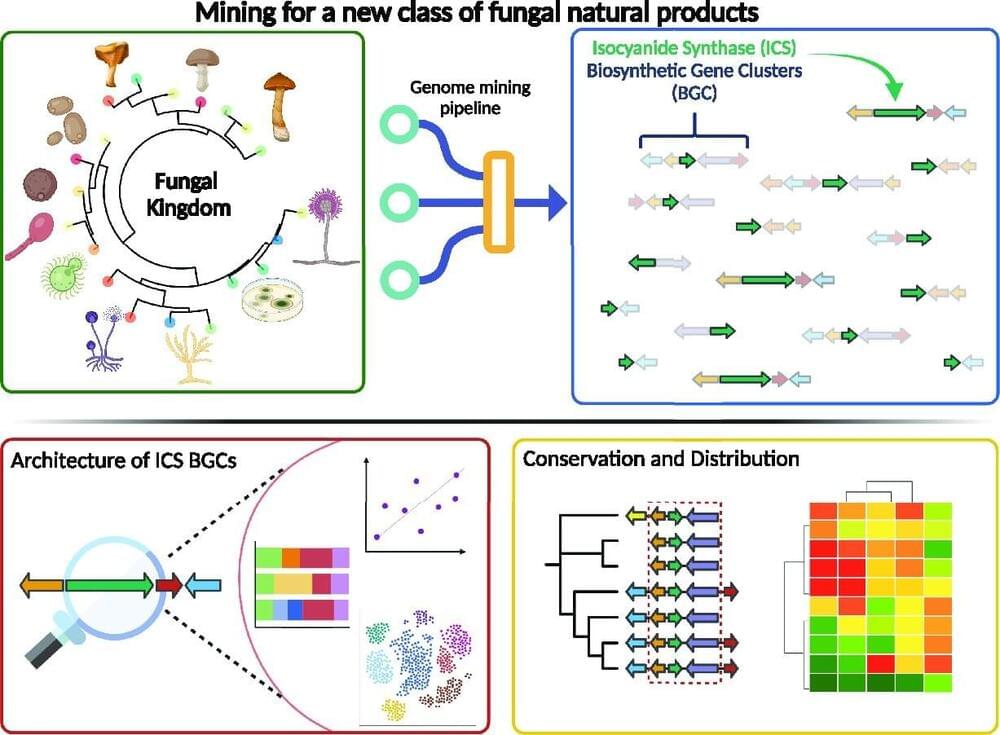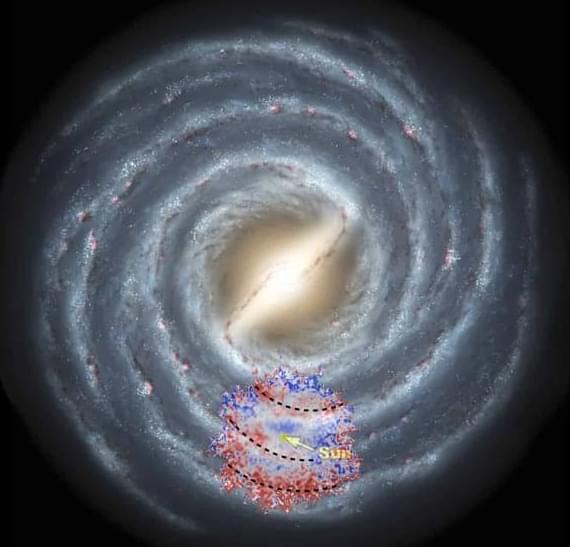The James Webb Space Telescope has detected the earliest-known carbon dust in a galaxy ever.
Using the powerful space telescope, a team of astronomers spotted signs of the element that forms the backbone of all life in ten different galaxies that existed as early as 1 billion years after the Big Bang.
The detection of carbon dust so soon after the Big Bang could shake up theories surrounding the chemical evolution of the universe. This is because the processes that create and disperse heavier elements like this should take longer to build up in galaxies than the age of these young galaxies at the time the James Webb Space Telescope (JWST) sees them.
